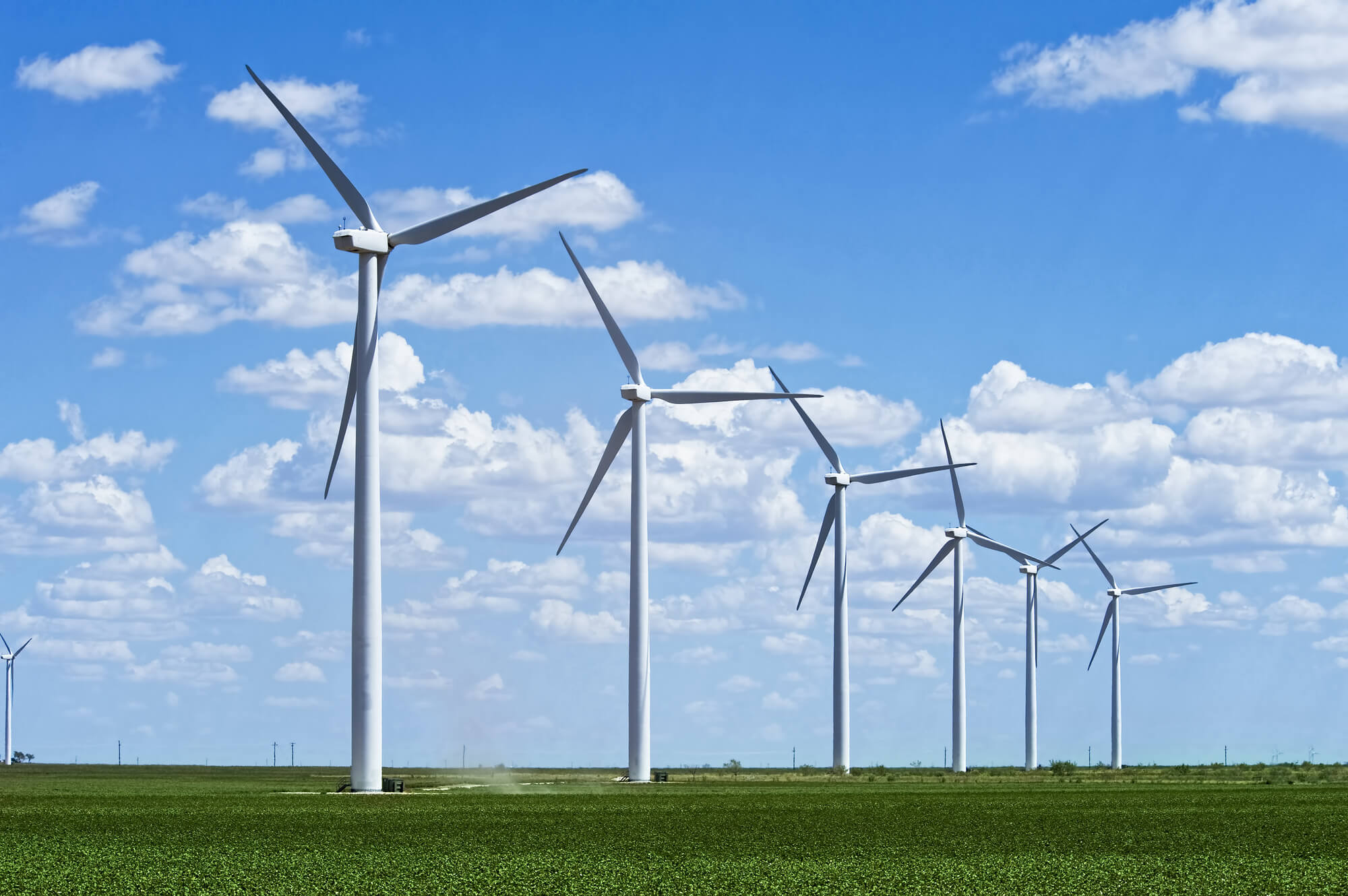Texas Leads U.S. Renewable Energy Growth
Texas has long been a cornerstone of American energy production, and today it’s becoming a key driver of the country’s shift toward cleaner, more sustainable power. As wind, solar, battery storage, and hydrogen energy continue to expand, the Lone Star State is helping shape a more resilient and diversified national grid.
With abundant natural resources, modern infrastructure, and a business-friendly development environment, Texas is rapidly becoming the renewable energy capital of the U.S.
Texas Driving Renewable Energy Expansion
Texas leads the nation in both wind-powered electricity generation and utility-scale solar capacity. In 2024, the state added approximately 9,700 megawatts of solar and 4,374 megawatts of battery storage, surpassing other energy sources in new generation capacity that year.
These gains are part of a broader trend. Since 2019, wind and solar have grown to account for 30% of the state’s electricity generation, up from 18% just a few years earlier. On high-demand days, solar alone has met nearly half of peak electricity needs across the state.
Explore how Texas energy development is contributing to this ongoing shift.
Expanding Battery Storage Capacity for Grid Stability
Texas is also rapidly expanding its battery storage infrastructure. The state’s grid operator, ERCOT, reported nearly 10,000 megawatts of battery capacity by the end of 2024—a figure that has nearly doubled each year since 2021.
Battery systems help maintain grid stability during peak demand periods, particularly when solar and wind resources are less available. These storage solutions are now integrated into ERCOT’s future capacity and demand forecasts, reflecting their growing role in Texas’ energy strategy.
Developing the Hydrogen Economy
Texas’ Gulf Coast is quickly becoming a center of activity for renewable hydrogen infrastructure. Hydrogen has the potential to support decarbonization in industries where electrification is less practical, such as transportation, chemical production, and certain types of manufacturing.
This development complements the state’s existing strengths in energy and industrial infrastructure, positioning Texas to play a key role in the evolution of the hydrogen economy.
Infrastructure and Planning Support Continued Growth
Much of Texas’ renewable energy success can be traced back to early planning decisions. The creation of Competitive Renewable Energy Zones (CREZ) in 2005 allowed transmission lines to connect remote wind and solar resources in West Texas with growing population centers.
Today, that forward-looking approach continues with major investments in grid upgrades, including proposed 765-kilovolt transmission lines to improve long-term system reliability.
Learn more about infrastructure in Texas and how it’s supporting this evolution.
Powering the Future from the Lone Star State
Texas’ approach to energy is multifaceted—balancing traditional and emerging sources while preparing for continued demand from sectors such as data centers, advanced manufacturing, and AI. The state’s regulatory and development environment has enabled new projects to move forward quickly, while public and private investment in clean energy continues to grow.
Sectors like advanced manufacturing in Texas are increasingly supported by access to affordable, diverse, and expanding energy resources.
As the energy landscape evolves, Texas is well-positioned to contribute to the country’s clean energy goals while continuing to meet the demands of a growing economy.




